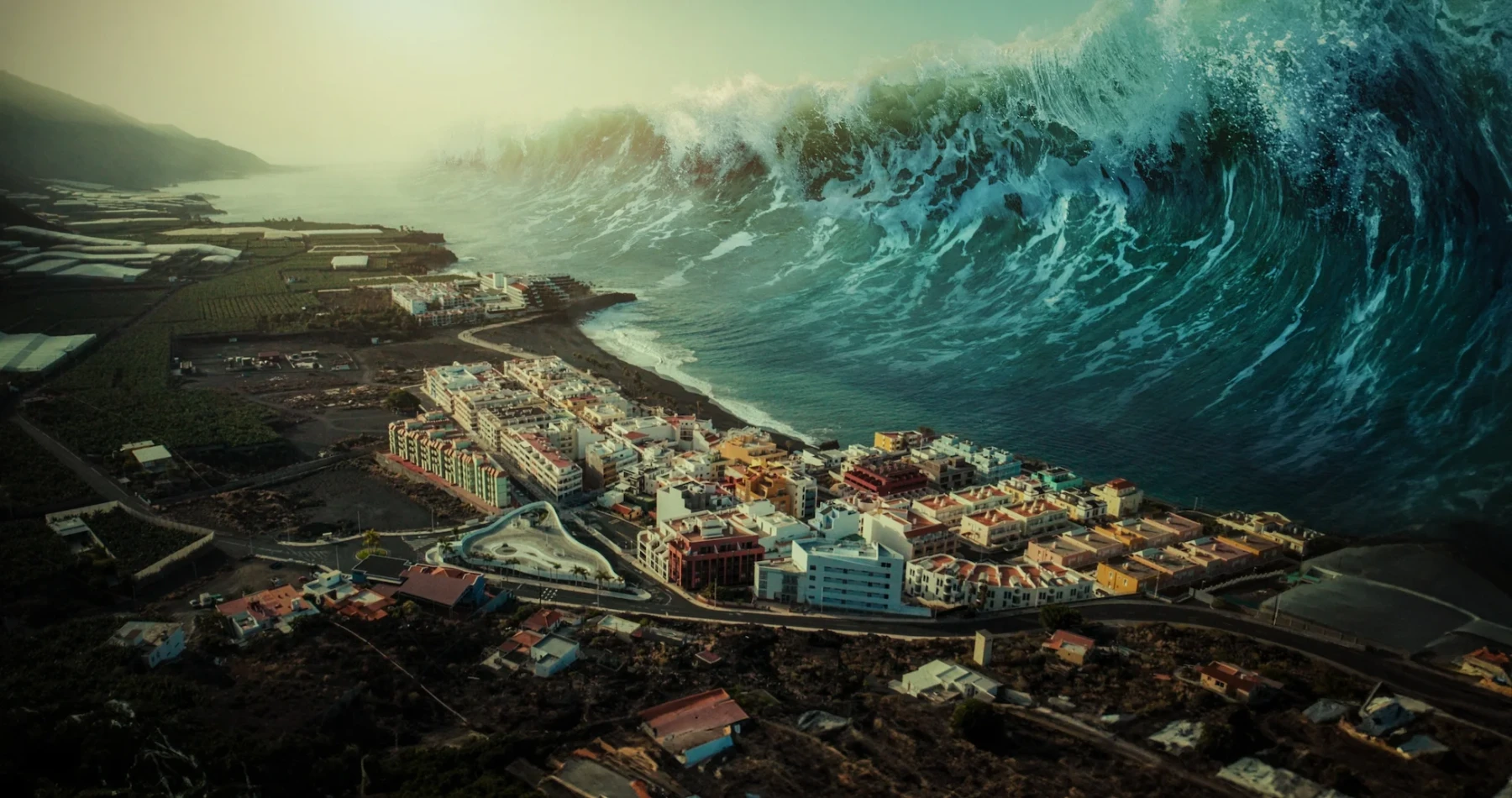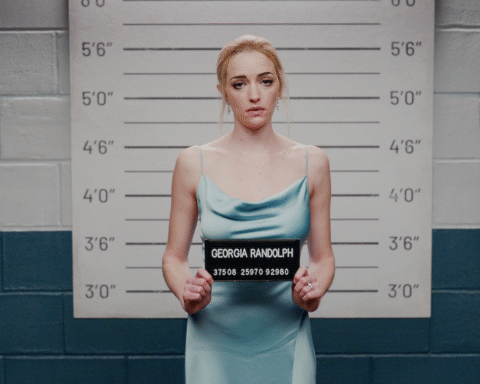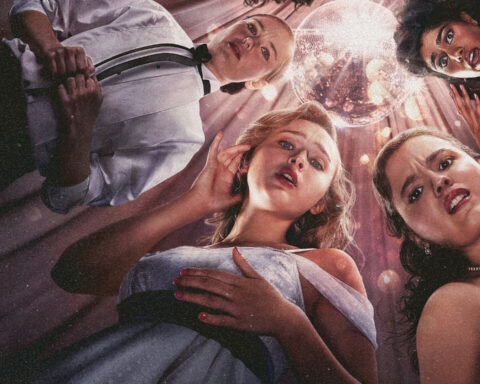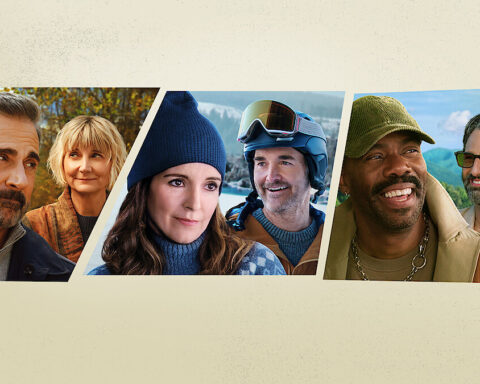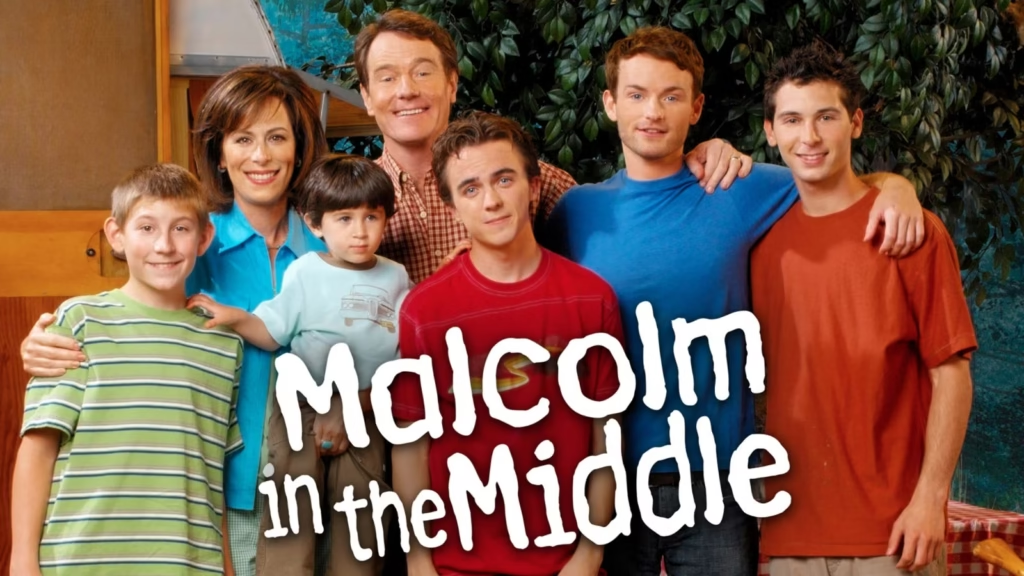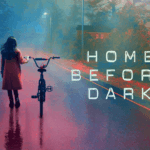Kasper Barfoed’s La Palma is a masterful four-part Netflix mini-series that takes viewers on an emotional and visceral journey. Set against the strikingly diverse landscape of the Canary Island of the same name, the show intertwines a deeply human story of familial and personal struggles with the larger-than-life spectacle of nature’s devastating power. It’s a unique blend of family drama, disaster storytelling, and poignant social themes, all wrapped in a visually stunning package that makes it impossible to look away.
A Duality of Paradise and Peril
Barfoed’s direction skillfully contrasts two sides of La Palma: the vibrant, sunny allure of a holiday resort and the dark, foreboding terrain of the volcanic Cumbre Vieja ridge. The idyllic scenes are saturated with golden sunlight, glittering pools, and lush greenery. Fredrik (Anders Baasmo) and Jennifer (Ingrid Bolsø Berdal) don coordinated summer outfits that speak of curated perfection, masking the cracks in their family dynamic.
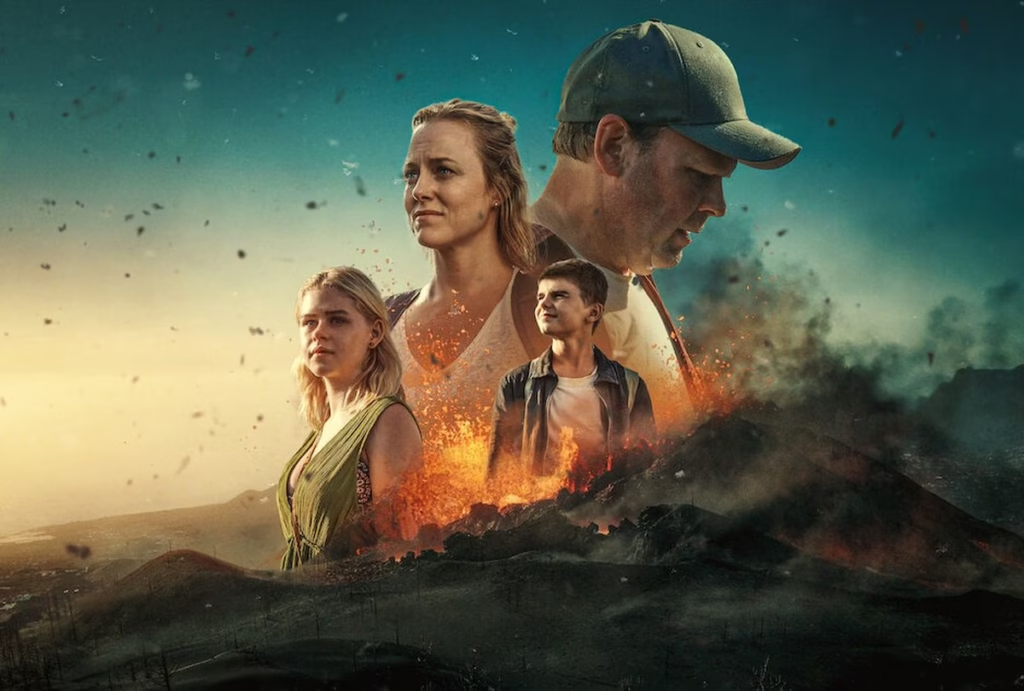
This picturesque tranquility is sharply juxtaposed with the stark, inky blackness of the volcanic landscape. The mountainous ridge looms ominously, with its ash-grey skies and drained, lifeless forests signaling danger. The cinematography does more than just set the scene—it underscores the fragility of human constructs in the face of nature’s power, creating a visual metaphor for the series’ central themes.
Compelling Performances and Complex Characters
The strength of La Palma lies in its exceptional cast and their nuanced portrayals of characters grappling with personal and relational crises. Alma Günther’s performance as Sara is a standout. Sara is a sensitive, introspective teenager who struggles to find her place in a world that often feels overwhelming. Her hesitance to engage with life is beautifully contrasted with her blossoming relationship with Charlie (played with equal depth and warmth by an as-yet-uncredited actor), a local girl who helps Sara begin to open up.
Fredrik and Jennifer, as parents, navigate their own mid-life crises, often finding themselves at odds. Anders Baasmo captures Fredrik’s underlying frustration and vulnerability, while Ingrid Bolsø Berdal portrays Jennifer’s restlessness and desire for change with a subtle but palpable intensity. Meanwhile, Thea Sofie Loch Næss brings depth and humanity to Marie, a geologist at the volcanic institute who is driven by both professional duty and personal trauma. Orphaned by the 2004 Boxing Day tsunami, Marie’s resilience and determination to act in the face of impending disaster make her a compelling and relatable figure.
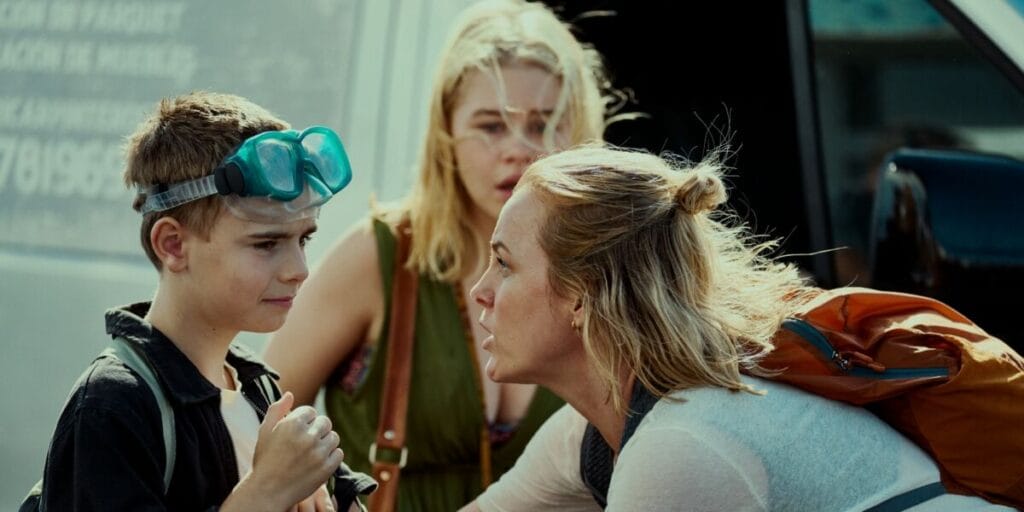
A Touch of LGBTQ+ Positivity
In addition to its focus on family dynamics and environmental themes, La Palma earns praise for its thoughtful and positive depiction of LGBTQ+ representation. Sara’s relationship with Charlie is portrayed with a refreshing authenticity. Their connection feels natural and understated, focusing on mutual support and emotional growth rather than falling into tired tropes or sensationalism.
Charlie’s kindness and confidence stand in contrast to Sara’s initial reluctance to leave the safety of her family’s orbit. Through Charlie, Sara begins to explore her identity and experience the freedom of being her true self, a journey that adds an extra layer of depth to her character. This subplot is a heartening reminder of the importance of representation and inclusivity in storytelling.
A Timely Exploration of Climate Change and Human Resilience
Beyond its riveting characters, La Palma engages with pressing global themes, particularly climate change and humanity’s vulnerability to natural forces. The series highlights the unpredictability of nature and its indifference to human plans or desires. As the geological team monitors ominous signs from Cumbre Vieja, the series underscores the urgent need to listen to the planet’s warnings.
The parallels between the island’s impending eruption and the fractured relationships among its characters are subtly drawn. Just as the volcanic ridge will reshape itself in the wake of its eruption, so too must Fredrik, Jennifer, Sara, and Tobias rebuild their connections and redefine their roles within the family.

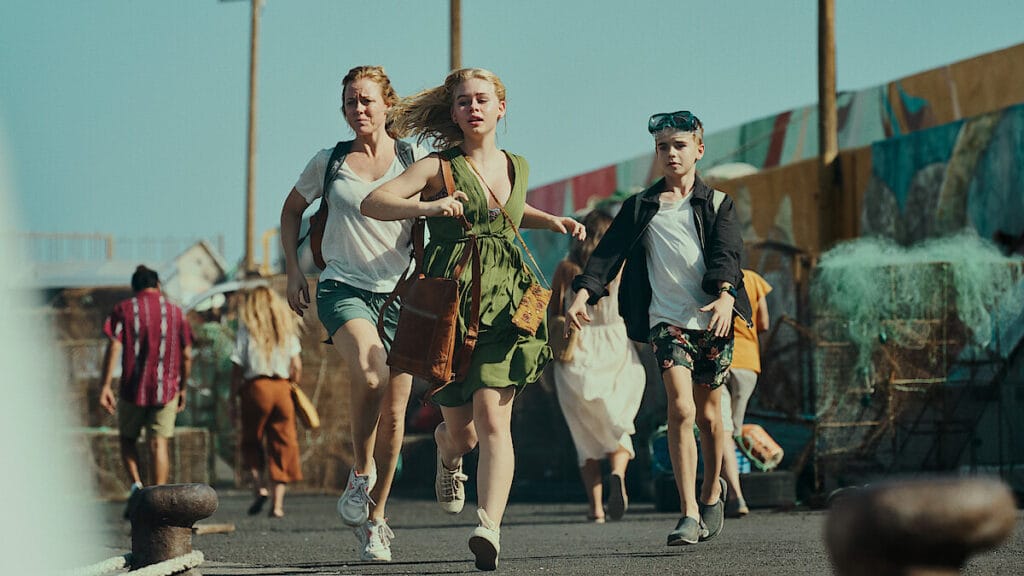
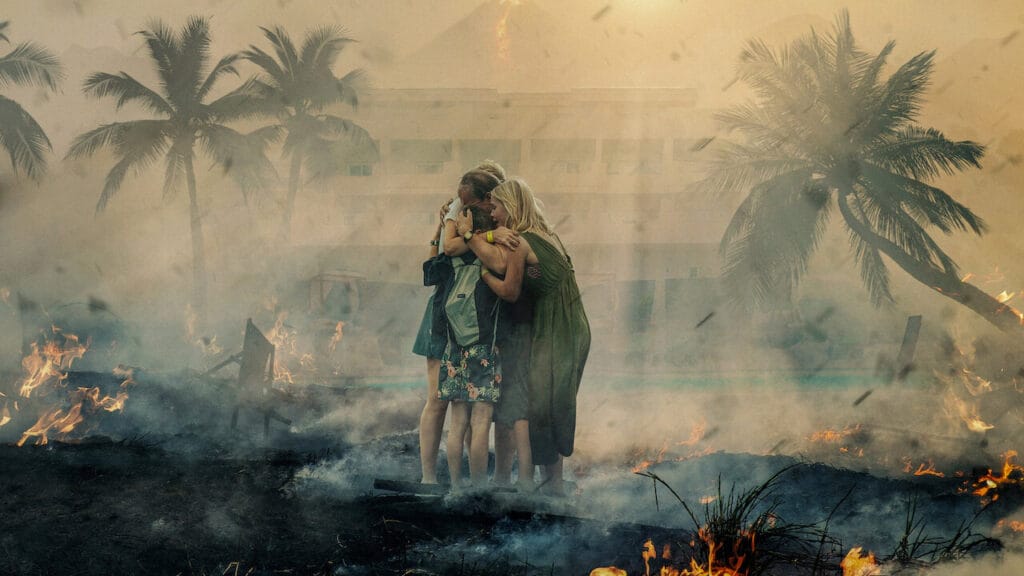
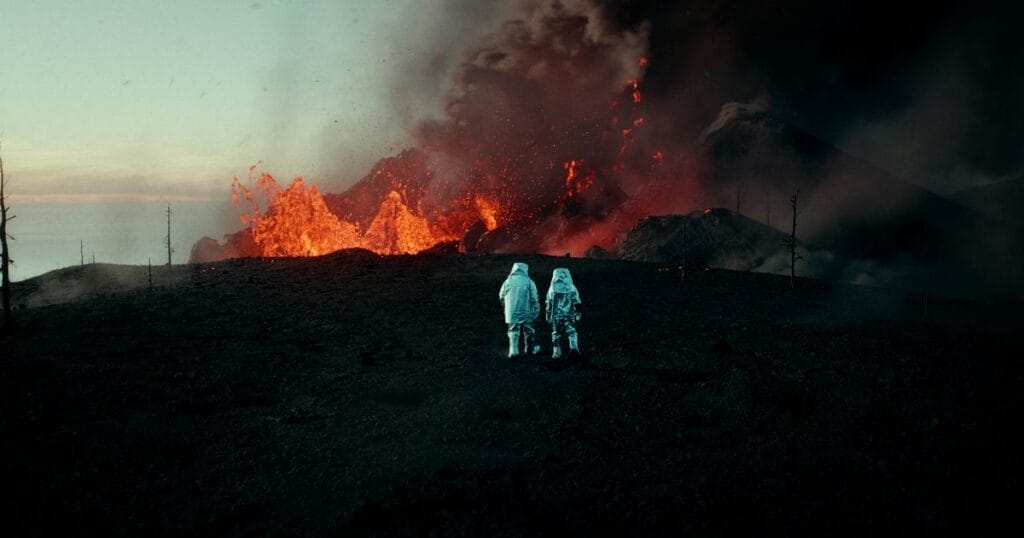
Spectacle and Suspense
When the disaster strikes, La Palma delivers on the sheer spectacle that disaster stories promise. From trembling glasses to fiery eruptions and desperate evacuations, the series immerses viewers in chaos. The lurching panic of an approaching tsunami and the fiery inferno of the volcanic ridge are rendered with breathtaking detail. The editing, marked by quick cuts and shots of the smoking volcano, heightens the tension, while the haunting score—filled with staccato violins and pounding beats—captures the sense of impending doom.
But the series never loses sight of its human core, showing how people react to the crisis in ways that reveal both their vulnerabilities and strengths. Marie’s bravery in the face of danger, Jennifer’s maternal instincts, and Sara’s newfound courage all serve as reminders of humanity’s capacity for resilience.
Perfect Pacing and Impactful Storytelling
At just four episodes, La Palma is perfectly paced, delivering a compact and impactful narrative. Its brevity ensures that the tension remains high throughout, while its thoughtful writing allows each subplot to reach a satisfying resolution.
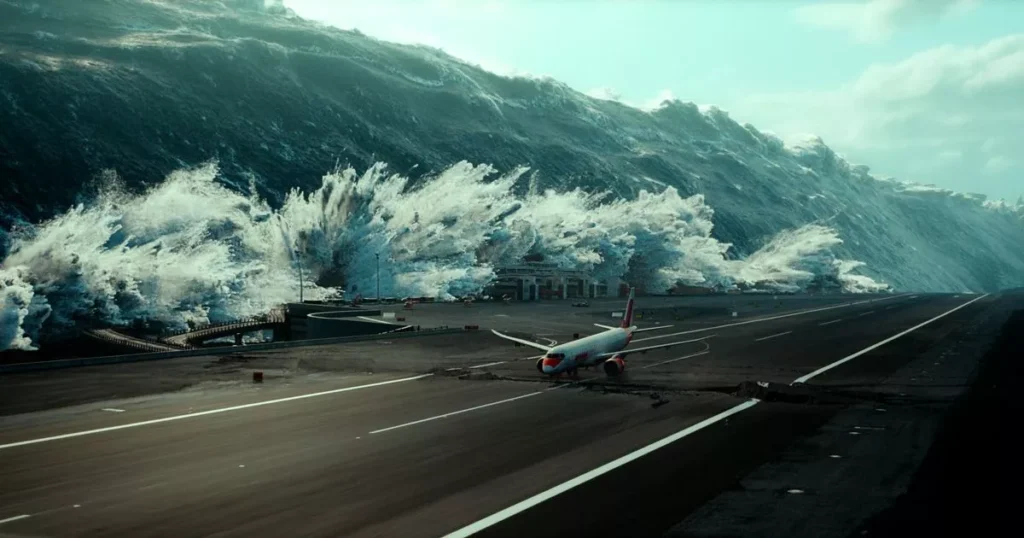
A Masterpiece of Nordic Creation
La Palma is much more than a disaster mini-series. It’s a meditation on human relationships, the fragility of our constructs, and the undeniable power of nature. With stellar performances, breathtaking visuals, and a meaningful LGBTQ+ subplot, it stands out as one of Netflix’s most captivating offerings. While it may make you think twice about booking a winter getaway to the Canary Islands, it’s a binge-worthy triumph that will leave you reflecting long after the credits roll.
